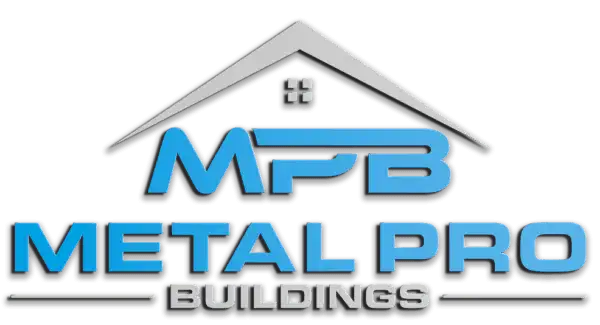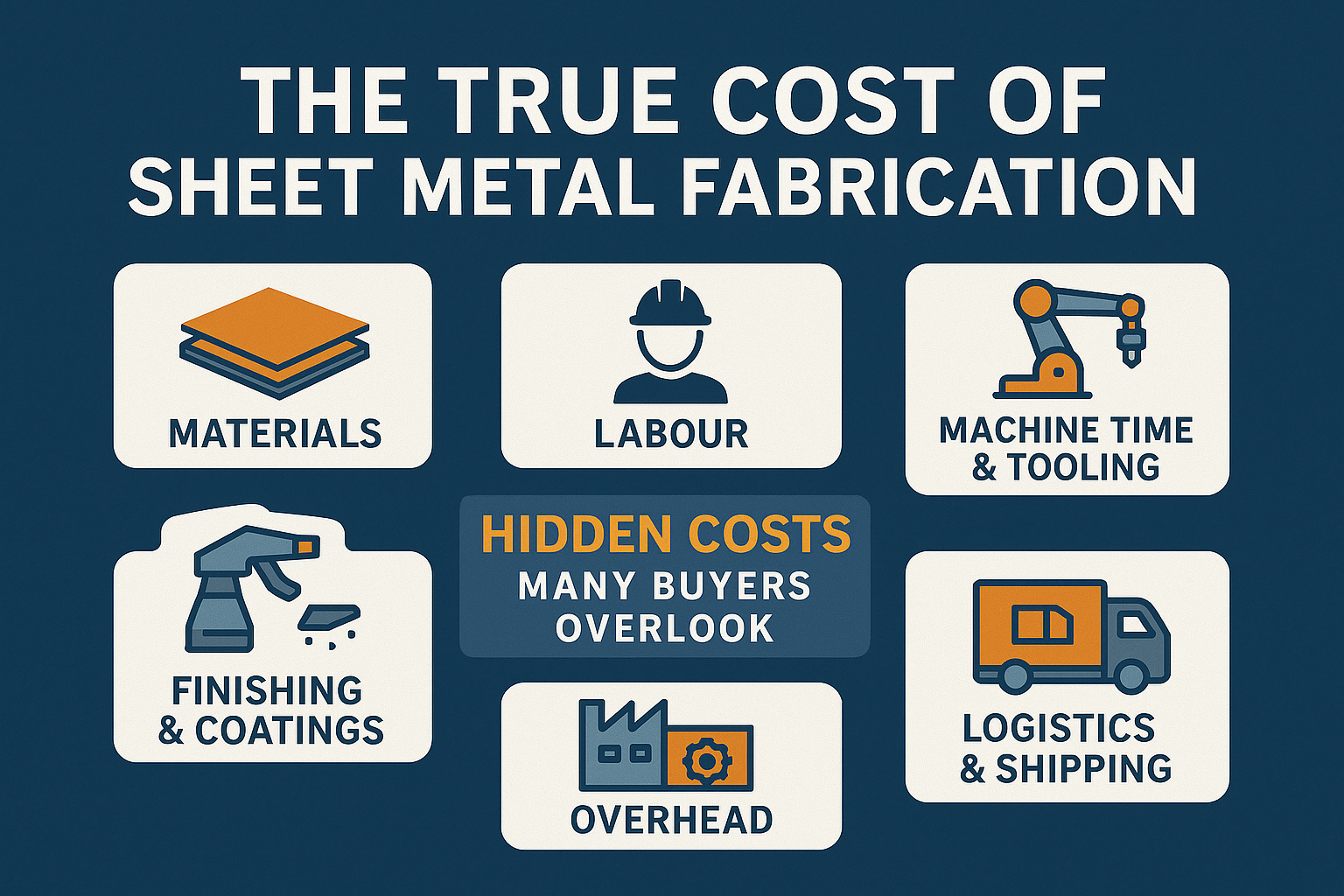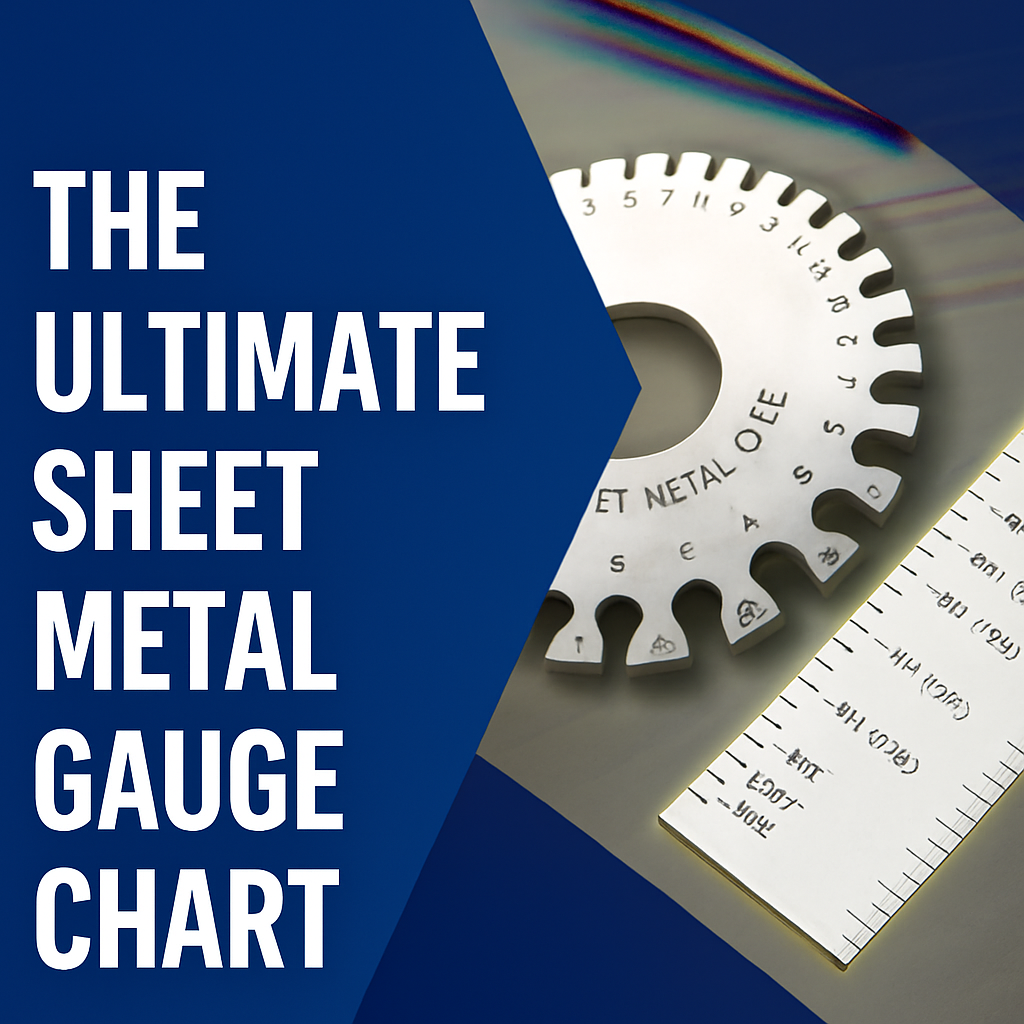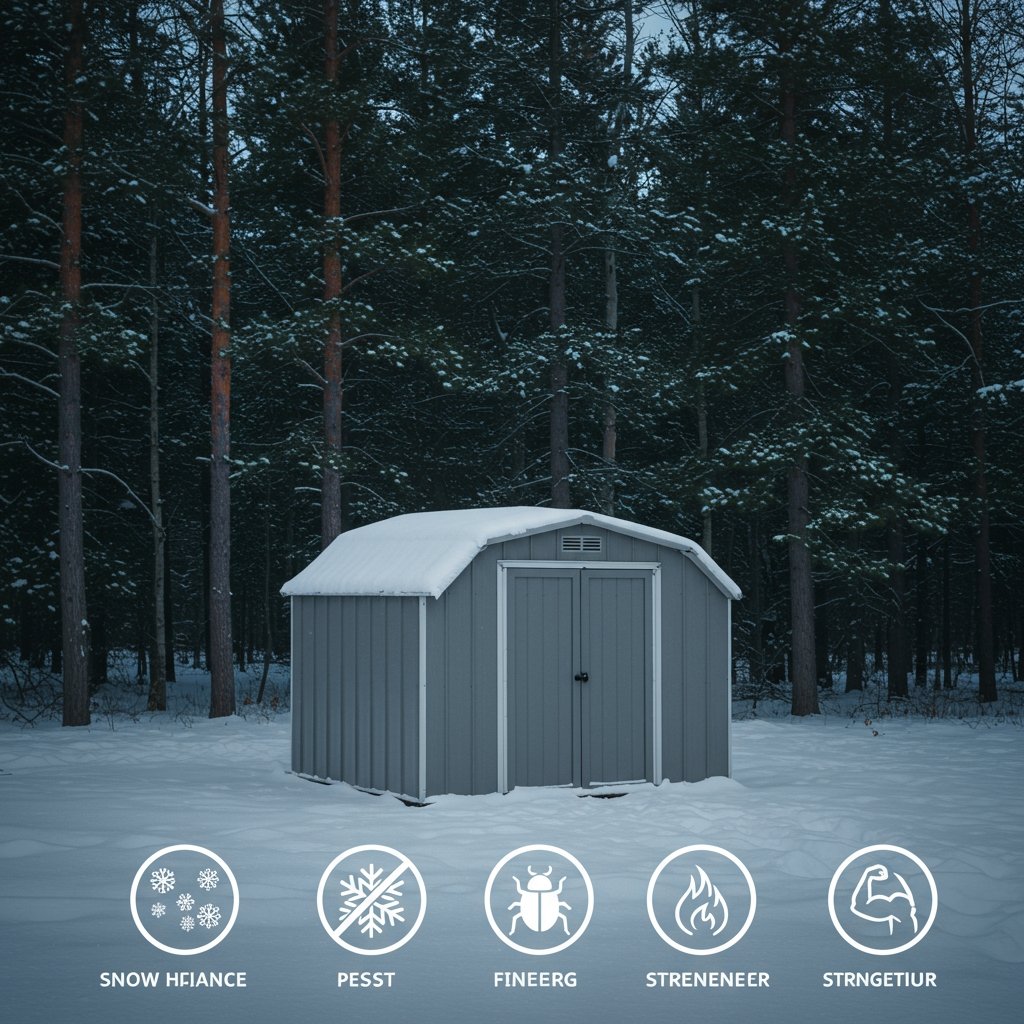How long will it last? That’s the first question most people ask before building anything especially when it’s a major investment like a steel building.
Whether you’re planning a warehouse, garage, barn, or commercial structure, durability matters. After all, you want peace of mind knowing your building won’t just look good but stand strong for decades.
And here’s the good news: steel buildings are known for their incredible longevity. But what does that really mean for you? How many years are we talking? What conditions can affect that lifespan and what can you do to make sure your building lasts as long as possible?
In this guide, we’ll walk you through everything you need to know about the expected lifespan of steel buildings, what factors influence it, and how to get the most out of your investment. Let’s dive in.
How Long Do Steel Buildings Typically Last?
Steel buildings offer outstanding longevity, often far longer than many other materials. Here’s what the data shows:
- A well-built and maintained steel structure can last 50 to 100 years, with some even exceeding 100 years under ideal conditions .
- On average, modern steel buildings are designed to last 40 to 90 years, depending on use and location .
- Without regular upkeep, the lifespan drops dramatically sometimes to just 10 years.
Why this variation?
- Construction quality: engineering, welding, and protective coatings matter.
- Environment: coastal salt, humidity, heat, or heavy snowfall can wear steel faster.
- Maintenance: inspections, repainting, rust repair, and roof and gutter care are crucial.
Bottom line:
The typical lifespan range for steel buildings is 50–100+ years, conditional on quality construction and proper maintenance. Without it, even the best materials can deteriorate quickly.
Key Factors That Influence Longevity
To ensure your steel building lasts 50–100+ years, here are the five most critical factors:
Quality of Steel & Manufacturing
High-grade structural alloys like ASTM A36 or Q345 offer superior tensile strength and durability. Prefab suppliers often use galvanized steel with a zinc coating to improve corrosion resistance right from the start .
Protective Coatings & Galvanization
Hot-dip galvanization and industrial coatings act as moisture and corrosion shields. Coatings wear over time due to UV, humidity, and temperature shifts, so regular recoating is essential .
Design & Construction Standards
Proper design ensures buildings handle local wind, snow, and seismic loads. Good fabrication precision welding, accurate steel connections, and tight tolerances prevents weak points that could fail later .
Environmental Conditions
Coastal salt spray, industrial pollutants, and extreme weather can rapidly degrade coatings and steel. Dry, mild climates are much easier on structures. For harsh locations, choose special coatings or galvanization methods .
Regular Maintenance & Inspection
- Clean surfaces, clear debris, and maintain drainage.
- Inspect annually for rust, coating wear, or structural damage.
Touch-up paint and fix rust spots before they spread.
Steel vs. Other Building Materials
Let’s see how steel stacks up against wood, concrete, and other building materials:
Steel vs. Wood
- Steel buildings last decades longer than wood structures, which typically last 20–30 years before serious wear sets in.
- Wood is prone to rot, pests, and warping in damp conditions. Steel resists all of these issues .
- Steel even with a higher upfront cost offers lower long-term maintenance. You’ll just need to rinse and inspect once or twice a year.
- Insurance for steel buildings is often cheaper because they’re non-combustible and more resistant to damage.
Steel vs. Concrete
- Concrete buildings can also reach 50–100 years, but they are more prone to cracking as steel reinforcing rusts.
- Steel frames are lighter, ductile, and handle seismic stress better than heavy concrete .
- Steel also has the edge in sustainability; it is 93% recycled and fully recyclable, while concrete often ends up as rubble .
Steel vs. Other Metals & Materials
- Metal roofs, used in steel buildings, can last up to 100 years, often with 50-year warranties .
- Aluminum structures last around 30–50 years, but steel generally outperforms them in strength and durability .
Why Steel Wins for Longevity & Value
| Material | Expected Lifespan | Maintenance | Durability Highlights |
|---|---|---|---|
| Steel | 50–100+ years | Low | Rust-resistant, fireproof, pest-proof |
| Wood | 20–30 years | High | Prone to rot, pests, warping |
| Concrete | 50–100 years | Medium-high | Can crack, reinforcing steel rusts |
| Aluminum | 30–50 years | Low-medium | Less strong, but resists corrosion |
Real-World Examples and Case Studies
Seeing steel buildings stand the test of time proves their value. Here are real-world examples:
Historic Steel Landmarks
- Eiffel Tower (1889) and Brooklyn Bridge (1883) have lasted over a century, more than 130 and 140 years respectively.
- Empire State Building (1931) remains a symbol of durability nearly 95 years on .
- The 14 Maiden Lane Diamond Exchange in Manhattan, built in 1894, still stands tall showing steel’s resilience across centuries .
Early 20th-Century Industrial Buildings
- The Rodboro Buildings in the UK (1901–1904) and Brooklyn Works in Sheffield are Grade II-listed and still in use some over 120 years old .
Disaster-Proof Steel Structures
- After the 2011 Christchurch earthquake, the Christchurch Art Gallery stayed standing, thanks to its steel frame design .
- During Hurricane Katrina, many steel-framed buildings resisted collapsing, while other structures failed in the floods and wind.
Prefab & Modular Steel Buildings
- Butler Buildings, a popular pre-engineered steel system, feature modular parts that can be replaced. Many roof systems from the 1960s are still functional after 60 years .
- Organizations like Butler report buildings from the late ’60s–’70s still in use, showcasing adaptability and ease of updates .
Resilient Mills & Factories
- A West Virginia steel mill on the Ohio River was still standing proud after 100 years, even if production had ceased .
- The Sheffield cementation furnace (built 1848) remains preserved and intact proof of steel’s endurance even in industrial decay.
Why These Examples Matter to You
- Centuries of Service Iconic steel structures built 130+ years ago still stand strong.
- Adaptability Wins Pre-engineered steel systems like Butler can evolve decades later with updates and retrofits.
- Disaster Resilience Steel’s flexibility and strength have repeatedly saved buildings in earthquakes, hurricanes, and floods.
How to Maximize the Lifespan of Your Steel Building
Want your building to go the distance? These expert-backed steps will help you hit 50–100+ years:
Set a Regular Maintenance Routine
- Inspect your building twice a year and after storms check for loose bolts, rust, dips in gutters, or seal gaps .
- Keep detailed logs: when inspections were done, what was found, and repairs made .
Clean to Prevent Corrosion
- Wash the exterior with mild soap and water to remove dirt or pollution.
- Trim plants and debris near the walls to avoid trapped moisture.
Tackle Rust and Paint Degradation Early
- Remove any rust with a wire brush and apply rust-inhibiting primer.
- Touch up coatings and repaint every 10–20 years (or as soon as peeling begins).
Keep Drainage Clear
- Clean gutters, downspouts, and roof drains regularly to avoid water buildup.
- Ensure roof pitch and foundation slopes encourage water runoff .
Manage Snow & Weather Stress
- Remove snow quickly after heavy falls to avoid overload.
- In extreme climates, plan seasonal inspections and adjust check-ups accordingly.
Maintain Thresholds, Seals & Moving Parts
- Check seals around doors and windows for cracks or gaps, reseal as needed.
- Lubricate hinges and moving parts like overhead doors to reduce wear .
Leverage Coatings & Protective Treatments
- Use galvanized steel and high-grade coatings like epoxy or zinc primers.
- Reapply anti-corrosion coatings every 10–20 years to strengthen your building envelope
Check Insulation & Weather Barriers
- Inspect insulation, vapor barriers, and roof underlayment for moisture or damage .
- Upgrade insulation and weather-stripping to prevent condensation and energy loss.
Engage Experts When Needed
- Schedule an engineering inspection every few years, especially in harsh environments.
- Call professionals for welding, structural damage, or corrosion beyond surface level .
Pro Tips at a Glance
| Action | Benefit |
|---|---|
| Repeat inspections & cleanings | Prevents small issues from becoming big ones |
| Touch-up paint & anti-corrosion | Blocks rust before it spreads |
| Maintain drainage & seals | Protects foundation & eliminates leaks |
| Manage snow & weather stress | Prevents overload and structural fatigue |
| Use quality coatings & materials | Strengthens protection from day one |
| Call professionals when in doubt | Avoids hidden dangers from neglected areas |
Conclusion
Steel buildings offer impressive longevity, often 50 to 100 years with minimal upkeep. Their strength, durability, and resistance to fire, pests, and weather make them one of the best long-term investments in construction.
At Metal Pro™ Buildings, we back every project with expert support and strong warranties designed to give you peace of mind. Learn more about our warranty coverage here or request your personalized quote to get started today.





